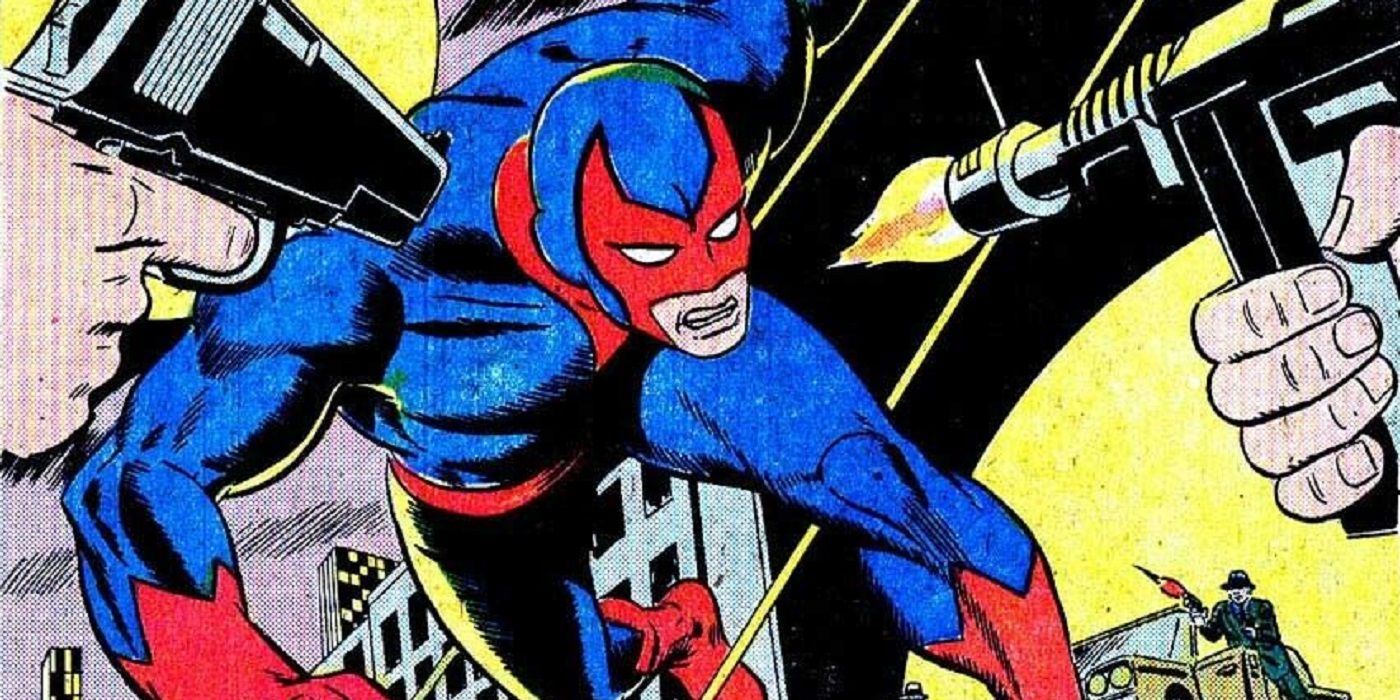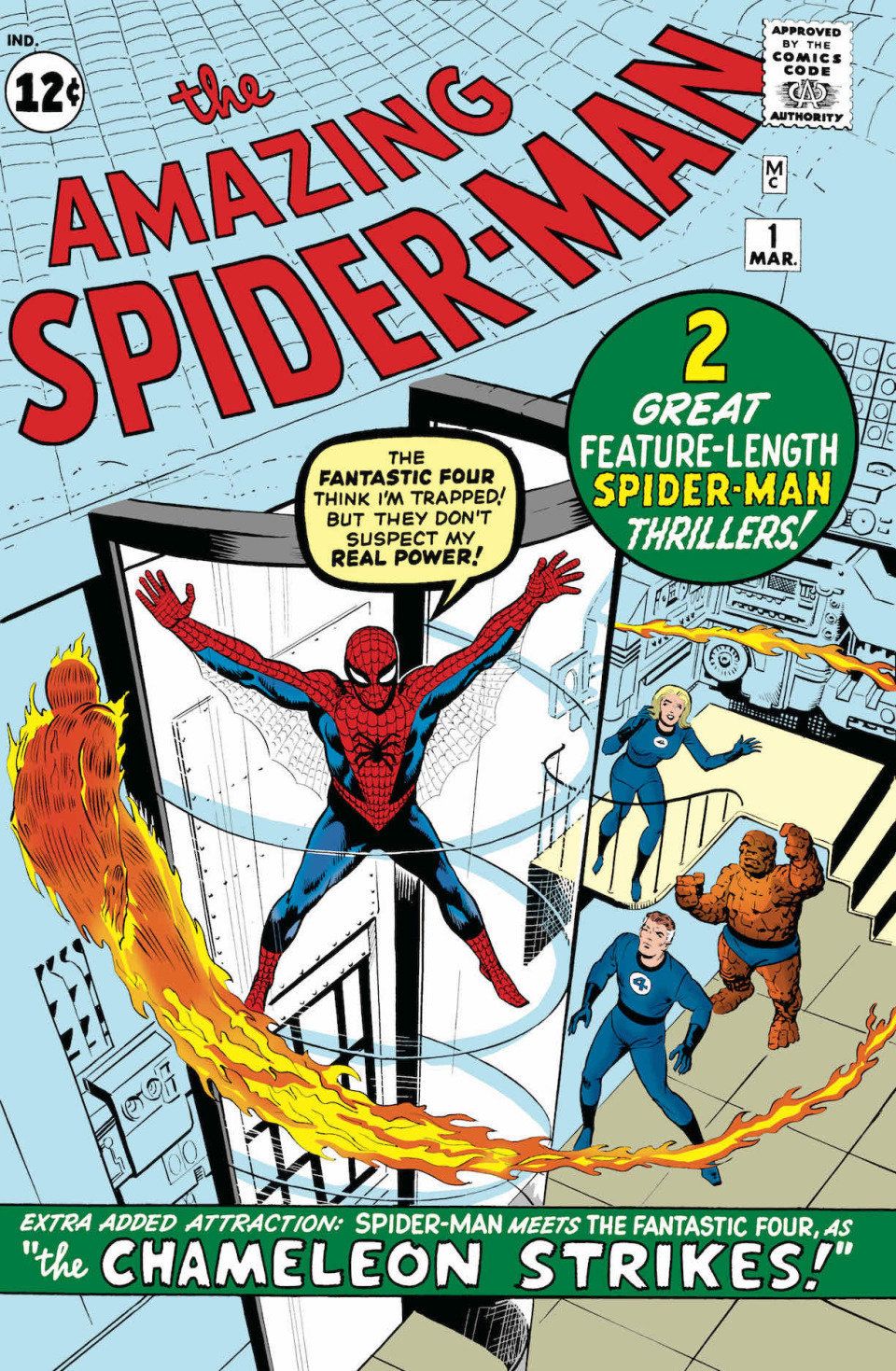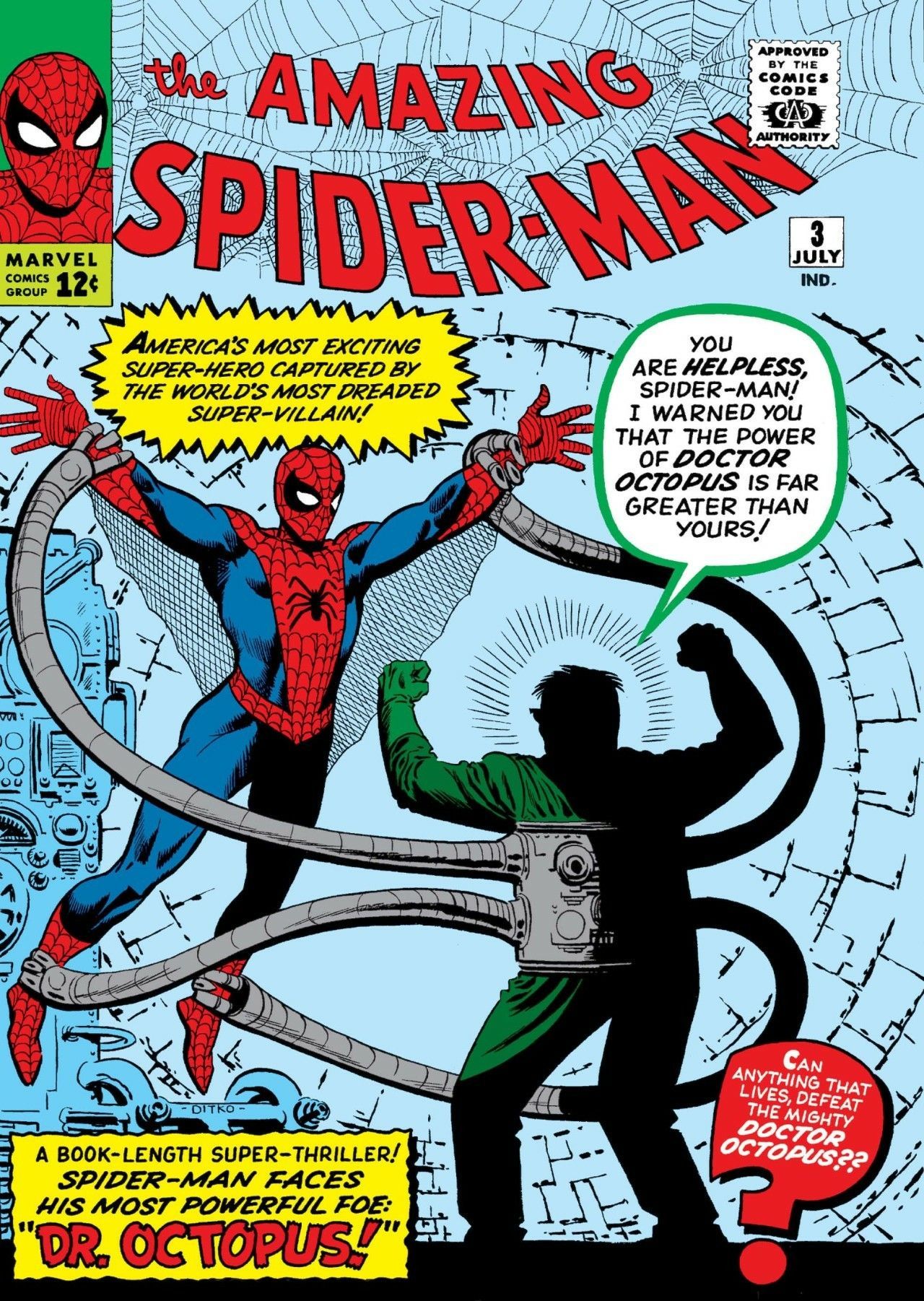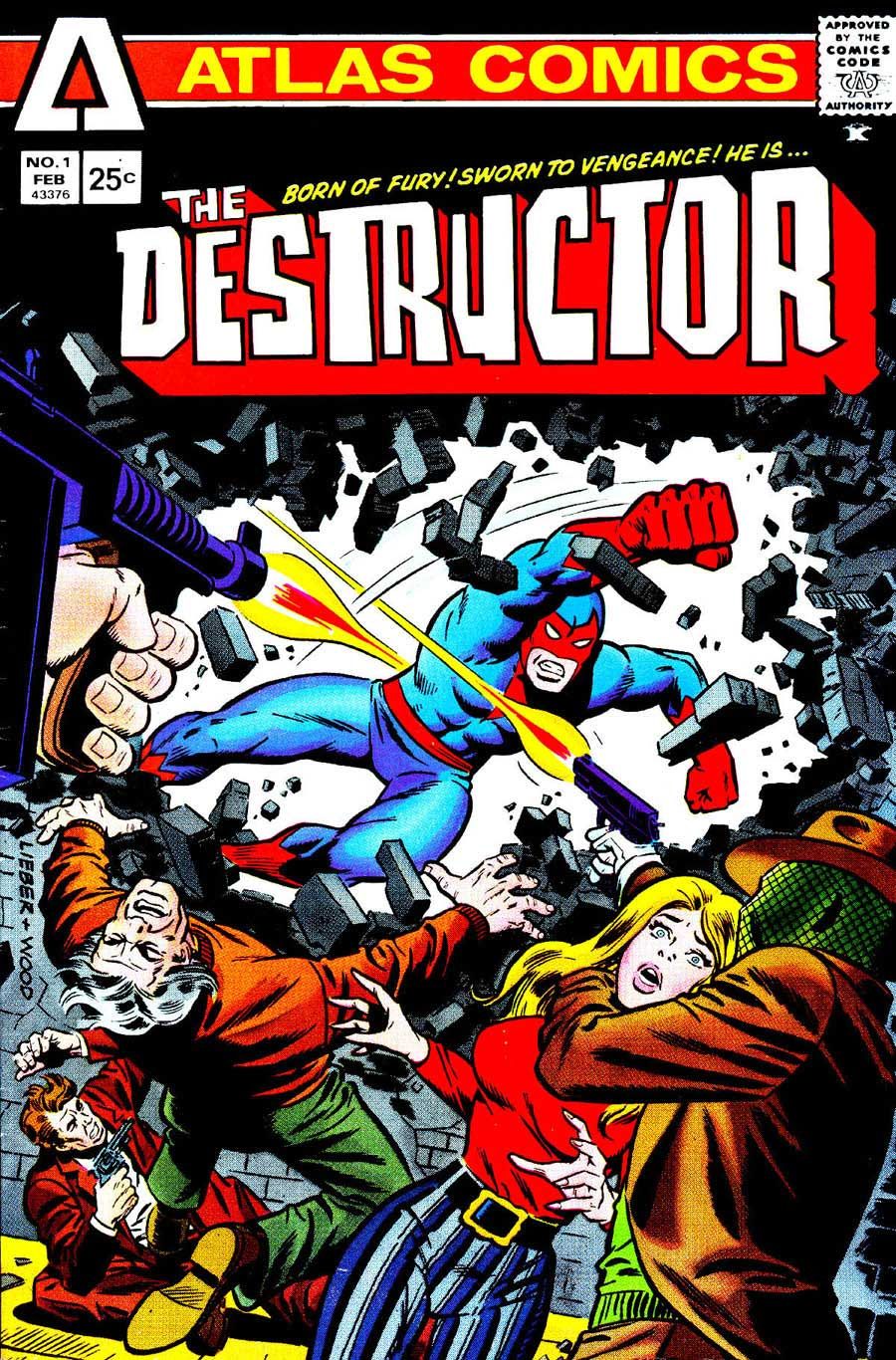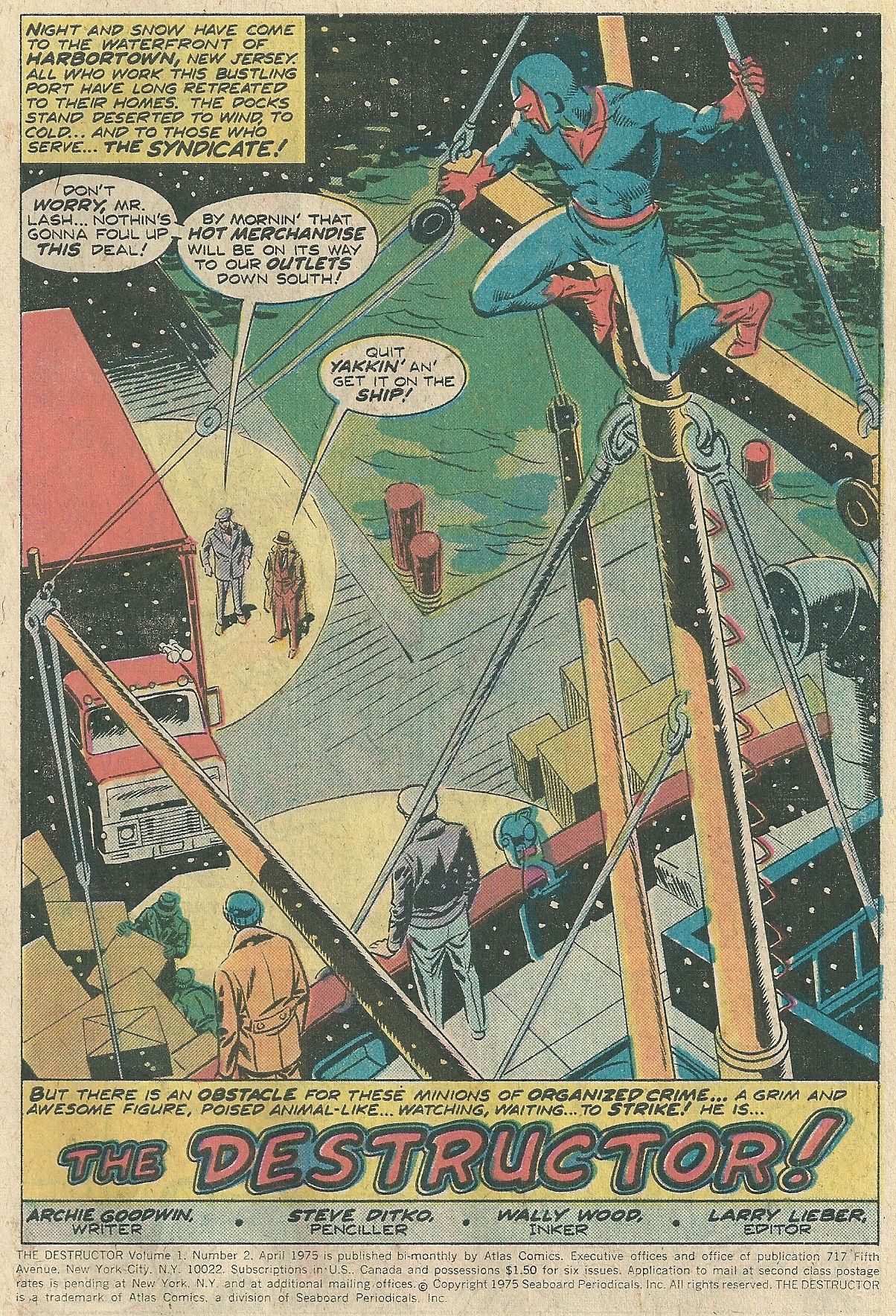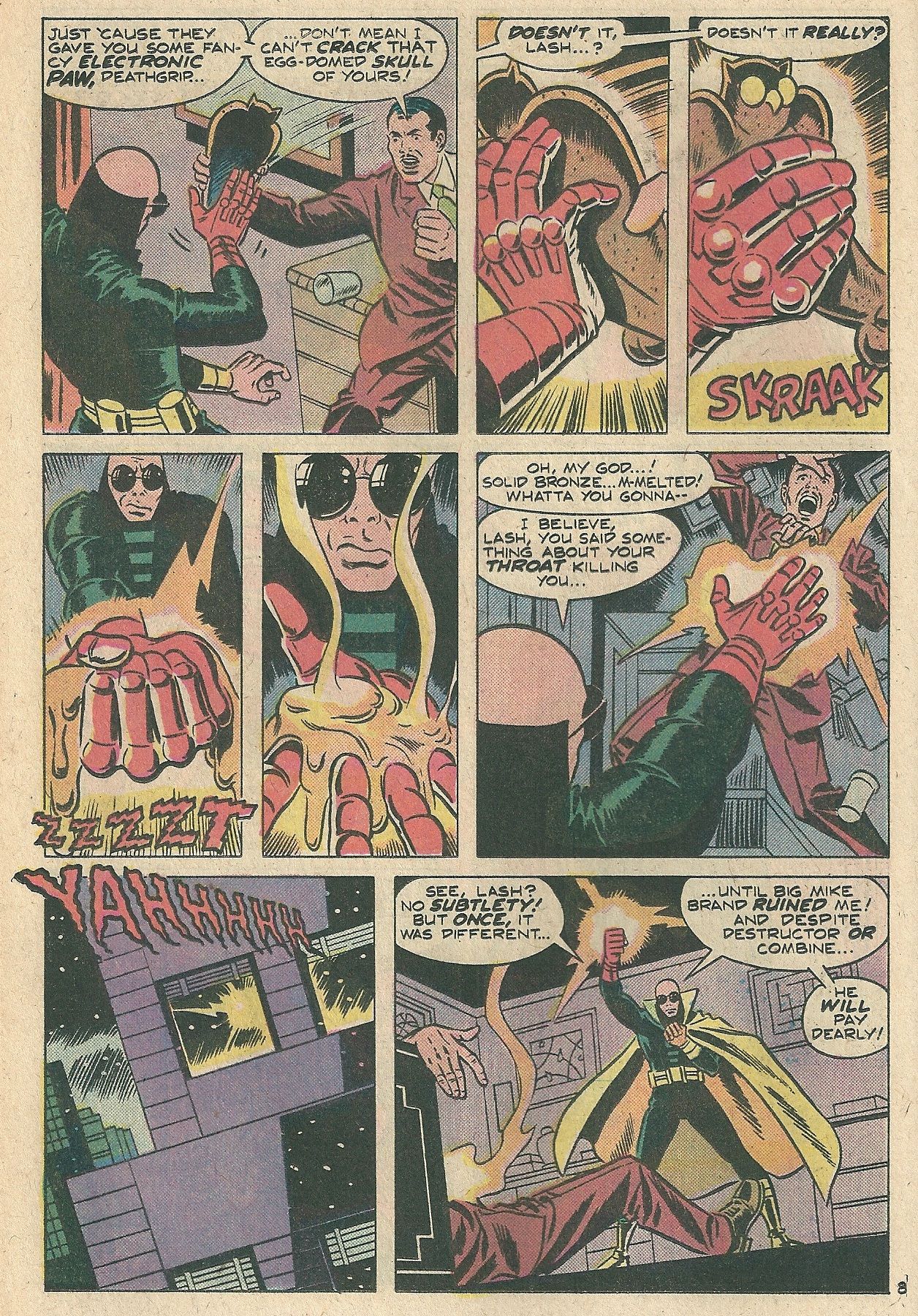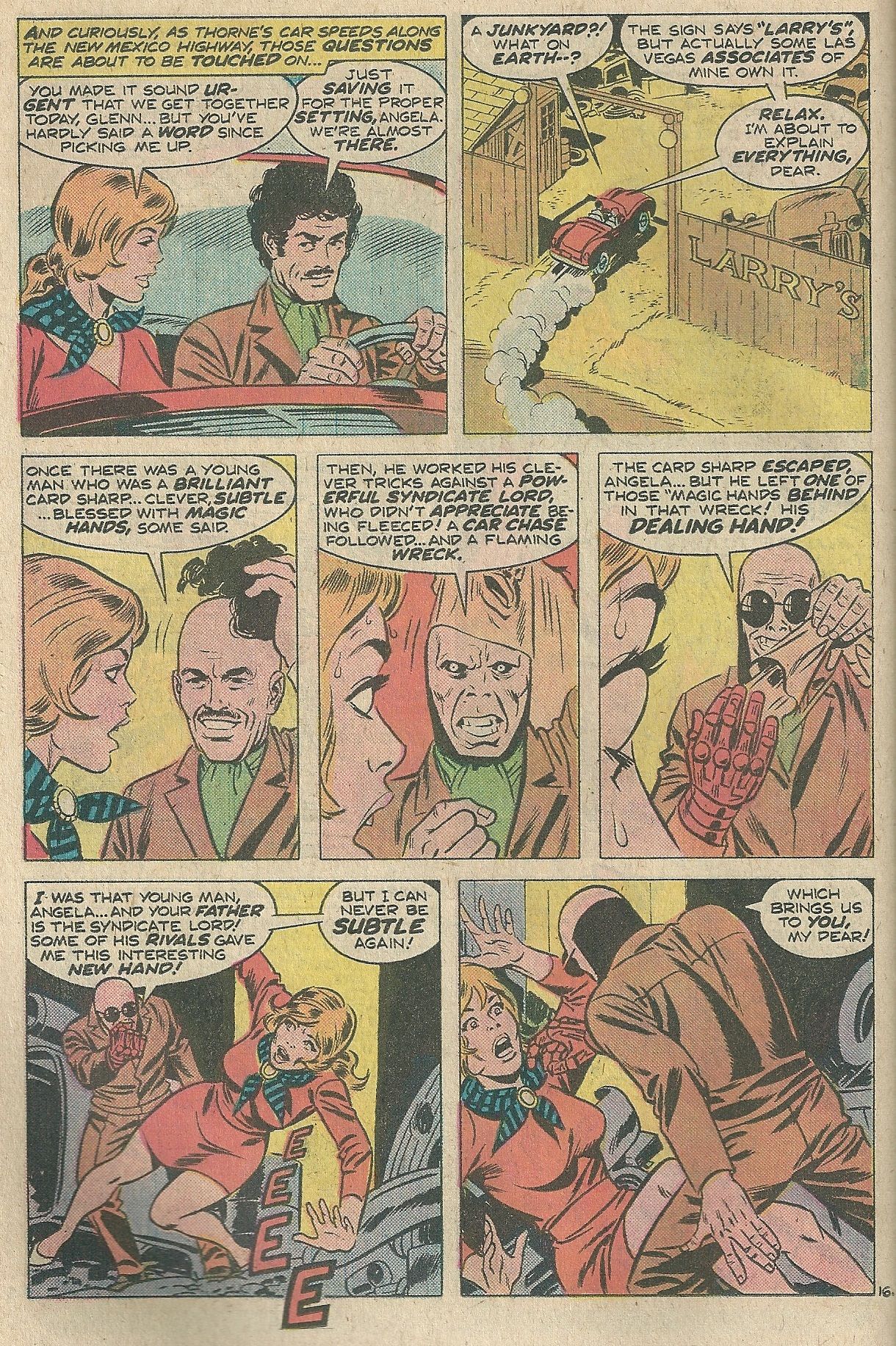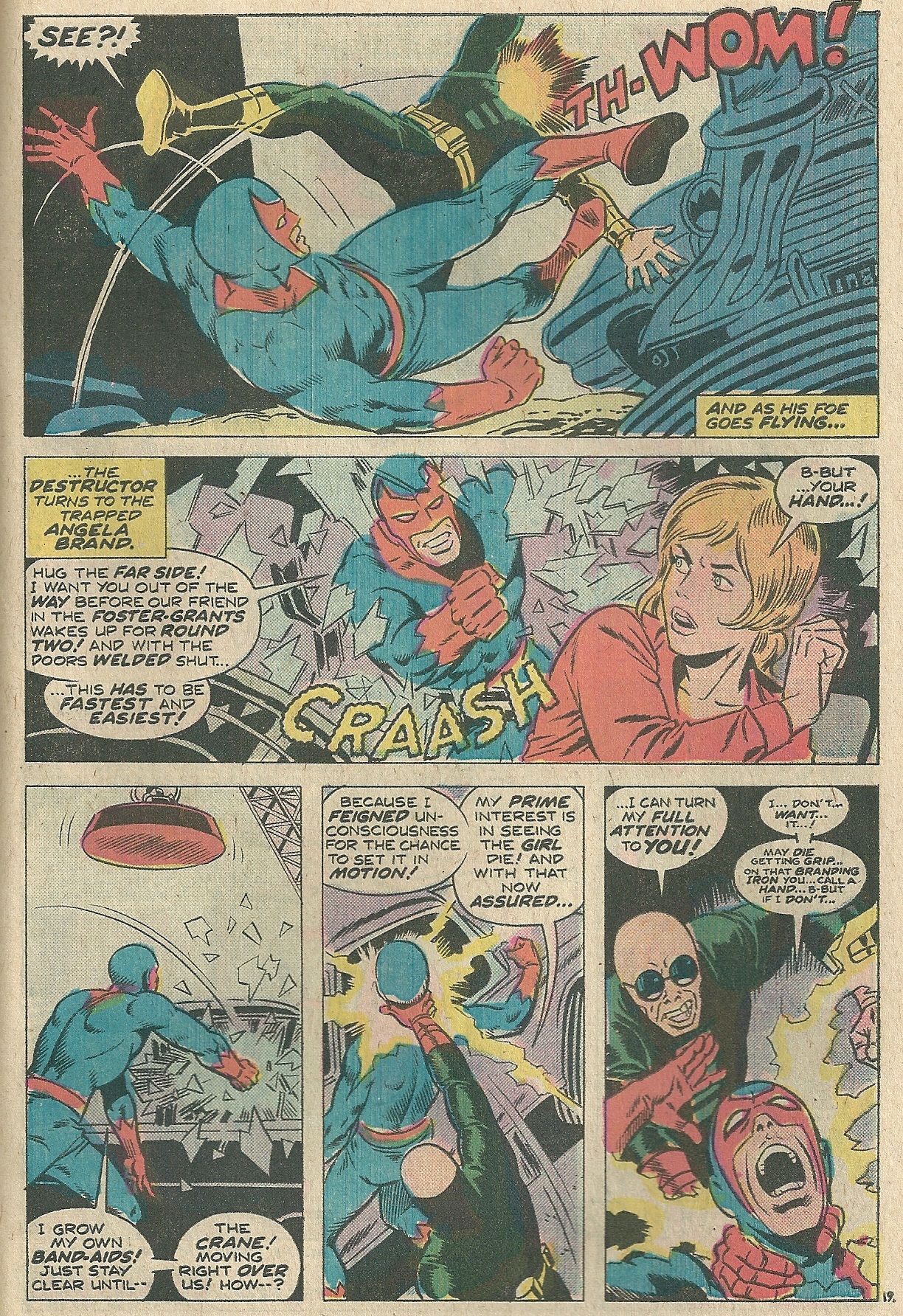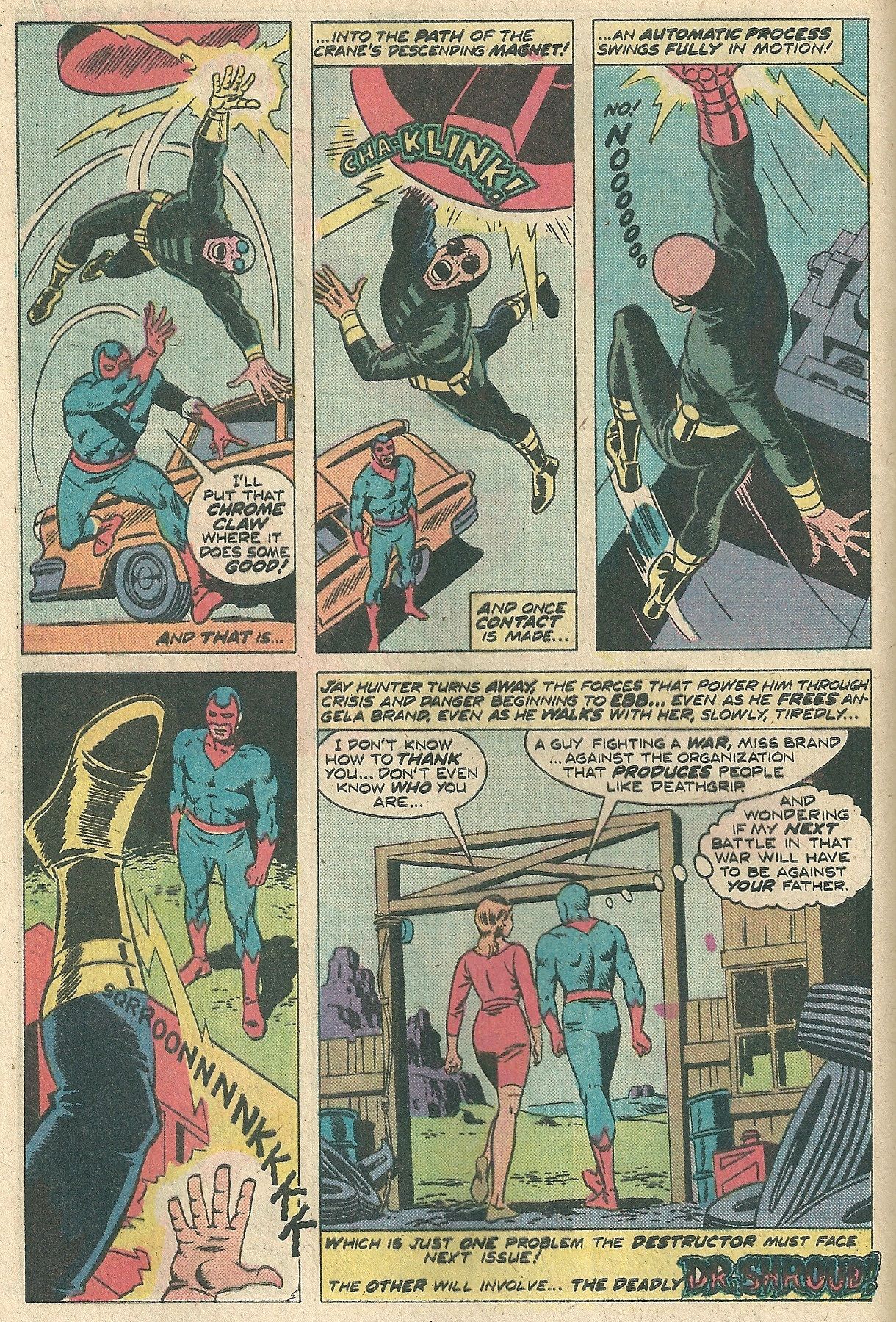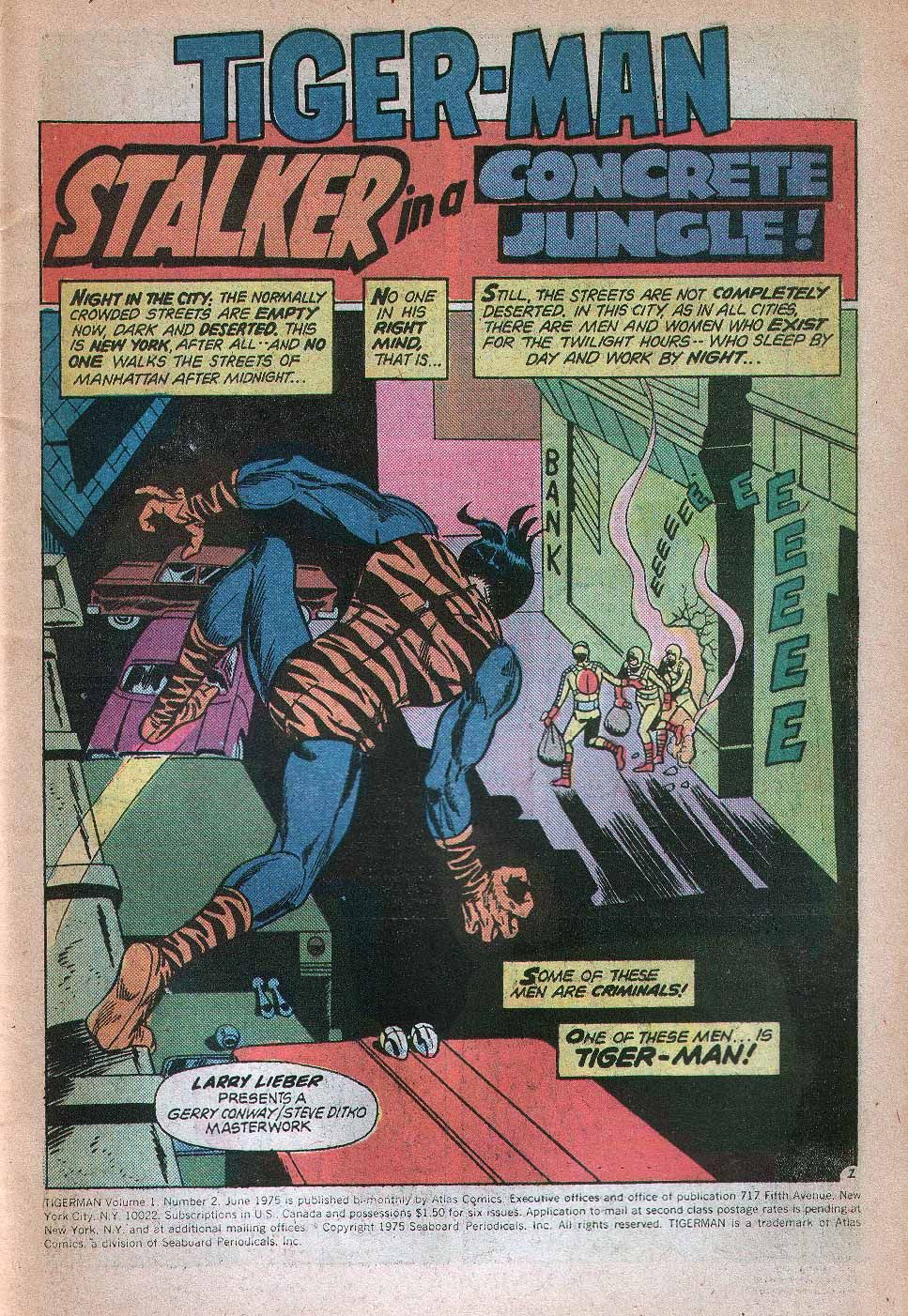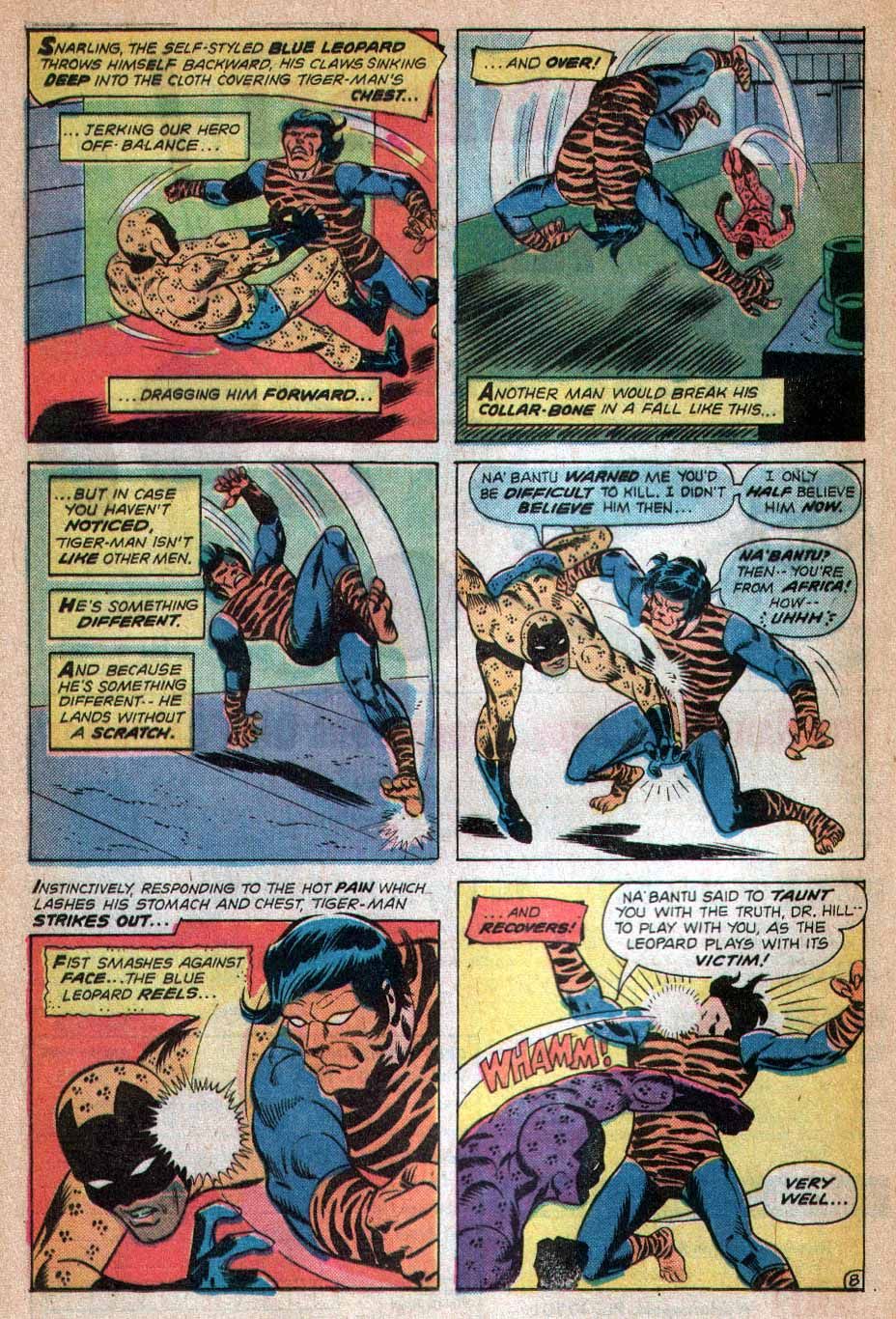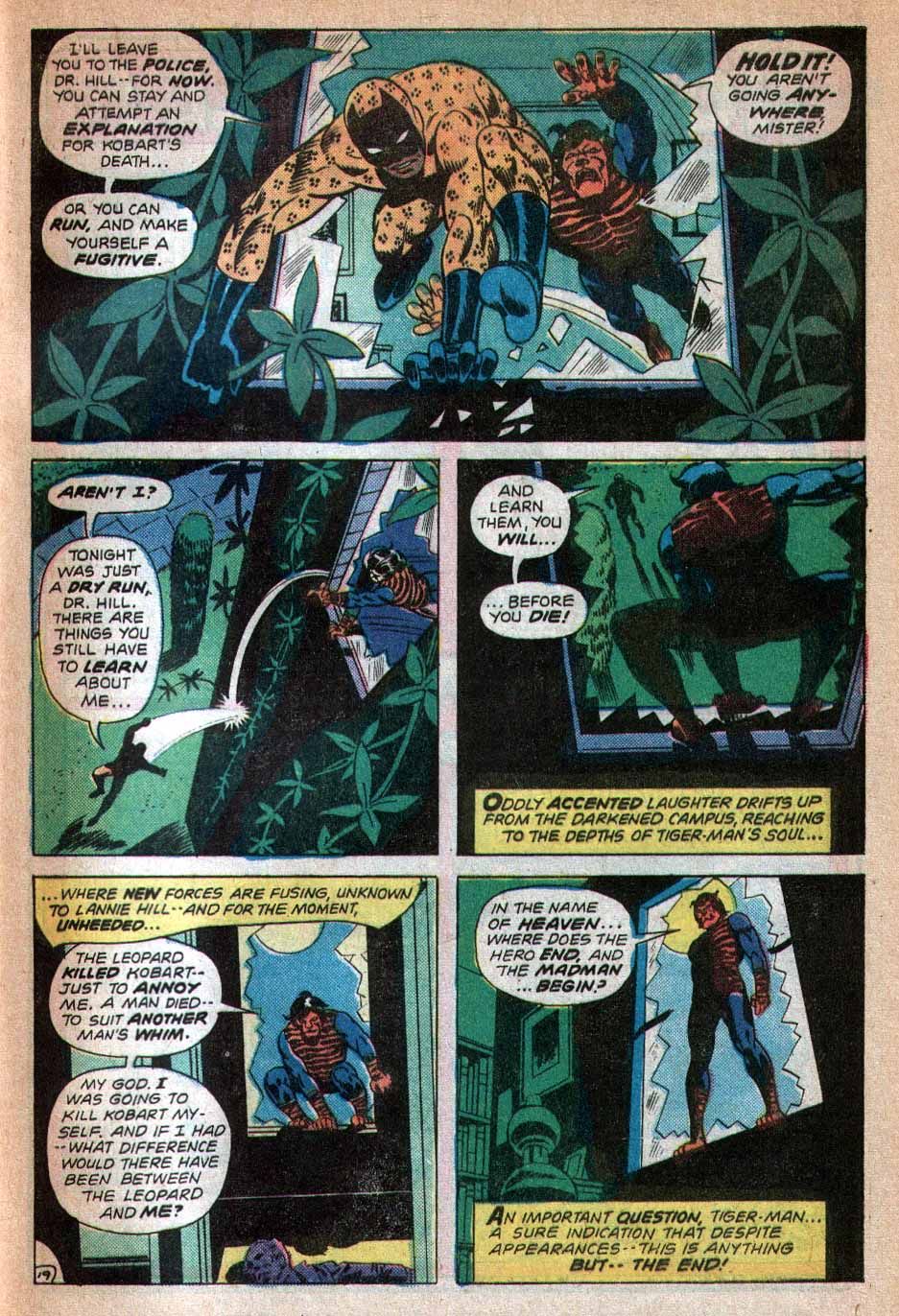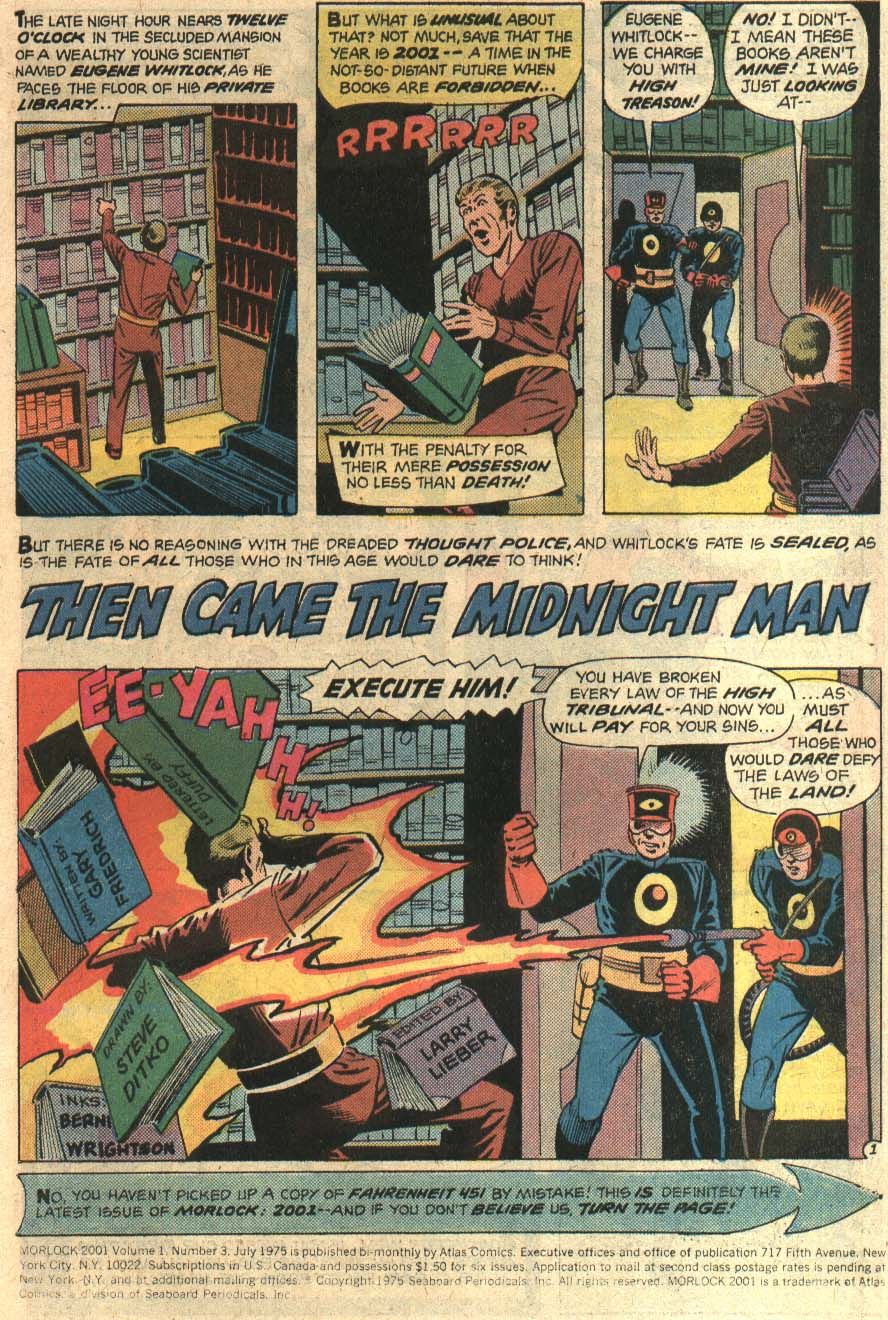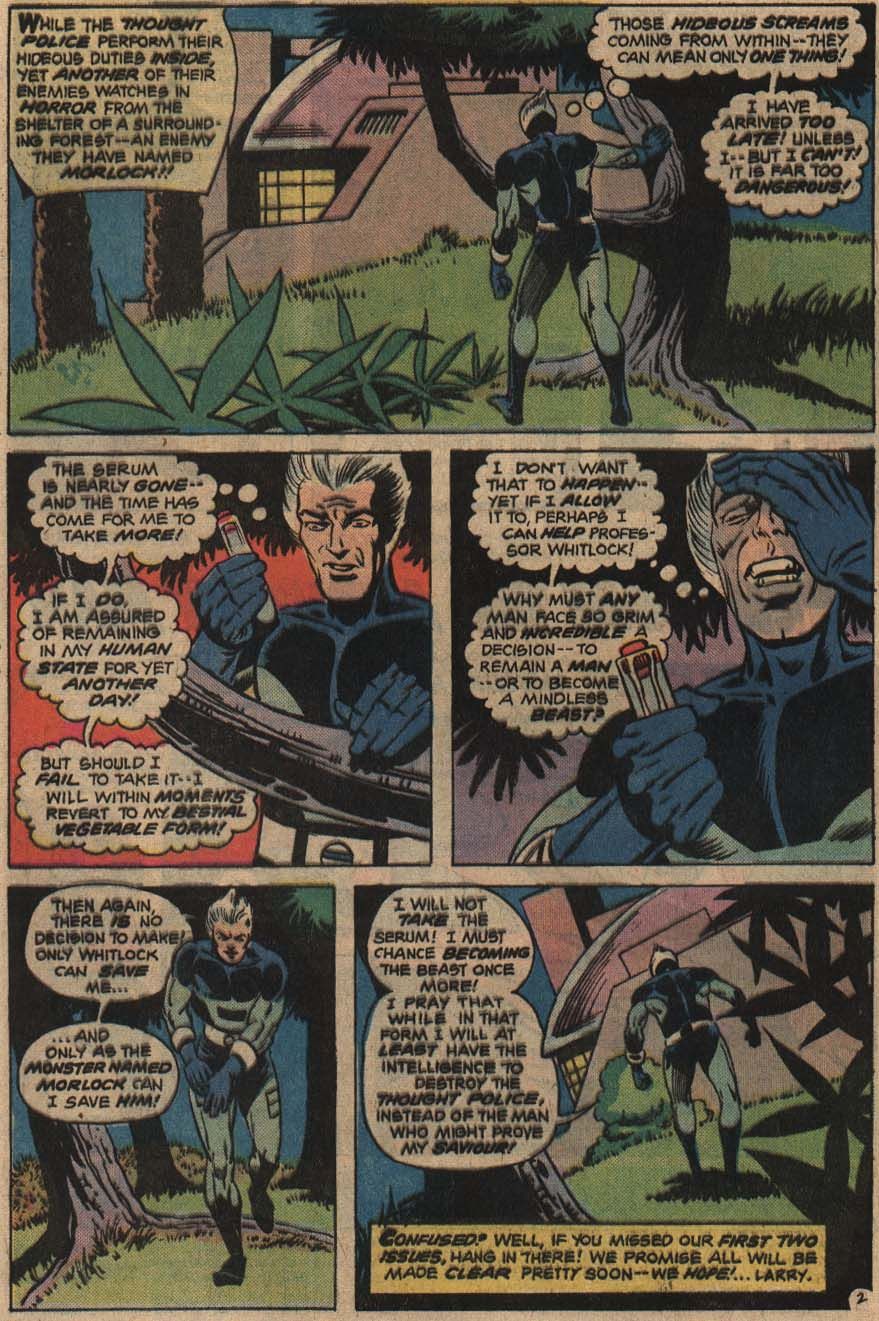One thing that you will have likely noted from these articles is that Steve Ditko is very much a man of principle and, in general, tended not to want to do business again with people that he felt did not live up those principles. For instance, two creators that he had problems with over the years, Stan Lee and Dick Giordano, he managed to never work with again after parting ways with each of them in 1966 and 1968, respectively. Considering how significant Lee and Giordano were in the history of Marvel and DC Comics in the decades after that, that was no easy feat. Ditko took a few meetings with both men over the years, but could not come to an agreement with either one of them that fit into his standards (Giordano did ink one Ditko cover in 1980 after Giordano returned to work for DC, but it seems likely that that wasn't something that Ditko had a decision in and Ditko stopped working DC Comics right around that point). Interestingly enough, however, another person Ditko clashed with in the 1960s, Martin Goodman, actually managed to make up with Ditko during the mid-1970s for a short-lived comic book company called Atlas Comics.
As you may or may not know, Martin Goodman was one of the pulp fiction magazine publishers in the 1930s who decided, "Hey, comic books are a great place to make some more money" and started up a comic book company in 1939 that technically didn't really have a consistent name (Goodman notably used many little different company names for each of his magazines, possibly to help confuse stuff with payments and things like that) but soon became most commonly known as Timely Comics. Of all of the many comic book companies that launched during the 1940s, Timely was one of the few companies that made it out of the 1950s unscathed. Just barely, though, as the time of the Comics Code and the corresponding comic book sales slump hurt them, as well (plus they were almost put under by Goodman signing the company up with a distributor that promptly went out of business, leading him to have to rely on his rival, National Comics, to distribute their comic books for the next decade). By that point, the unofficial title of the company was Atlas Comics and its Editor-in-Chief, Stan Lee, had been with the company for over a decade (Lee joined Timely as Editor-in-Chief in 1941 when he was just 19 years old). It mostly published science fiction, horror, westerns and teen humor comics after its early superhero efforts proved no longer popular by the end of the 1940s.
RELATED: When Steve Ditko Brought the 'Thunder' at Tower Comics
That is when Steve Ditko went to work for the company. Ditko was one of Atlas' most popular artists and even when the company had to cut down on its talent, Ditko kept his job. Soon, Atlas transitioned into superhero comic books again and Ditko was a major factor as the company became known as Marvel Comics.
Ditko plotted and drew one of the most successful titles, Amazing Spider-Man, as well as the popular Doctor Strange feature in Strange Tales. This is on top of other gigs like a stint on the original Incredible Hulk series and the Hulk feature in Tales to Astonish and the Iron Man feature in Tales of Suspense.
As time went by and the Spider-Man character became more and more famous, Ditko became more and more dissatisfied with Marvel Comics. Famously, Ditko and Stan Lee stopped communicating with each other and Ditko just drew all of his stories by himself and then brought the pages to Marvel's production manager, Sol Brodsky, who would give them to Lee, who would then script them based on Ditko's notes. While Ditko did not communicate with Lee during this period, he DID stay in communication with Marvel's owner and publisher, Martin Goodman, and Goodman would often give Ditko notes on the series. Goodman wanted Spider-Man to have more action in the book. He essentially wanted the book to be more commercial. Ditko complied as best that he could, but at the same time, Goodman was also the guy who was making deals to license out Spider-Man for cartoon and stuff like that without giving Ditko any sort of a percentage into the licensing. Ditko naturally felt that he should be sharing in all of the money that Marvel was making from Ditko's co-creation. So Ditko left Marvel in 1966.
Less than a decade later, though, he was working for Goodman once again.
Page 2: [valnet-url-page page=2 paginated=0 text='The%20Return%20of%20Atlas%20Comics!']
Martin Goodman sold Marvel Comics in 1968 to Cadence Industries (one of those weird conglomerates that were buying up so many companies in the late 1960s. Like the one that bought up DC Comics and Warner Bros. around the same time). Goodman remained on as the publisher of the company during the transition period before leaving in 1972, as Stan Lee became the company's publisher. Goodman believed that his son, Chip, would remain on at Marvel but soon after Goodman left, his son was also let go. One of the great debates in comics is whether Goodman's next step was motivated by revenge over his son being fired. Some say yes, some say no, it is probably not something that we are ever going to know definitively. In any event, just two years after getting out of the comic book business, Martin Goodman got right back into it with Seaboard Periodicals and its Atlas Comics line of books.
In one of the boldest moves of the era (and, even at the time, people thought that it was perhaps a bit more foolhardy than bold), Goodman launched a sweeping line of color comic book titles and black and white comic book magazines. Essentially, imagine if the Marvel production of 1975 just launched out of nowhere. It would be madness, right? No one launches that many titles at once and yet that's what Atlas did. They hired Jeff Rovin to be the head of their color comic line and they hired Stan Lee's younger brother, Larry Lieber, to be the head of their black and white magazine line. Chip Goodman was ostensibly the head of it all, but obviously his father was the real head of the company.
RELATED: Steve Ditko: An Independent Man
Here's the twist, though. With this new company, Goodman was 1000 times more creator-friendly with his contracts than he ever was at Marvel. He offered really high page rates and ownership rights to the creators for their characters. It was too good of a deal for a lot of top creators of the era to pass up and so Steve Ditko couldn't very well turn the deal down. If Goodman was going to address pretty much all of Ditko's problems with him, how could Ditko really object?
Working with writer Archie Goodwin and inker Wallace Wood, Ditko launched The Destructor...
The Destructor was a young man who had been working for the mob whose father invented a serum that could basically turn a person's body into the peak of the human condition, including increased healing. When his father is killed and the man badly wounded, the father gives him the serum before he dies and the man becomes the superhero known as the Destructor.
Here's a story from the second issue...
Here's the problem. As you might imagine, giving everyone high rates and then launching a bunch of titles at once during a period where comic book sales were not even doing all that well led to some major problems and we soon got the infamous "third issue switch" for Atlas' titles. This was the point where their titles could no longer afford to pay the top creators who started the comics and now had to go with younger, cheaper creators who went off in many different directions.
Goodwin and Wood both left The Destructor and Gerry Conway took over as the writer.
Ditko took over art duties on two other Atlas titles. Tigerman with Gerry Conway, taking over from Gabriel Levy and Ernie Colon...
And Morlock 2001 with Larry Lieber, taking over from Mike Fleisher and Al Milgrom...
Atlas Comics folded at the end of 1975. No comic book title lasted past its fourth issue. I believe Ditko MIGHT have been the only artist at the company who drew every issue of a given title.
Luckily, at least the creator ownership allowed Howard Chaykin to bring his Scorpion character to Marvel to become Dominic Fortune and Rich Buckler brought his Demon-Hunter character to Marvel to become Devil-Slayer. Ditko never did anything else with Destructor, though.

